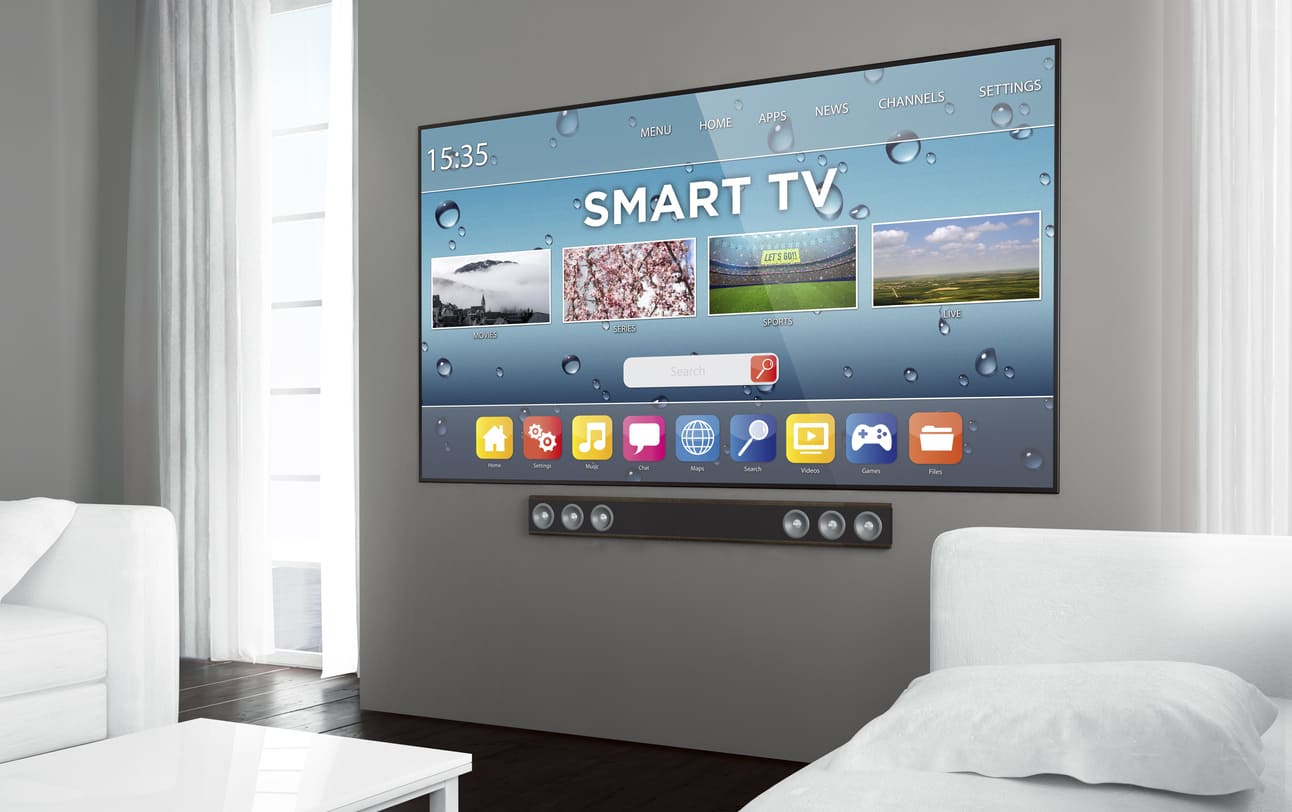In today’s digital age, smart TVs have revolutionized the way we consume entertainment content. These sleek and innovative devices offer a plethora of features, from streaming services to internet browsing, all accessible from the comfort of your living room. However, amidst the excitement of owning a smart TV, many users often ponder the necessity of aerials. In this comprehensive guide, we delve deep into the functionality of smart TVs and whether they truly require an aerial connection.
Understanding Smart TVs
Before delving into the necessity of aerials, it’s crucial to understand the fundamental workings of smart TVs. Unlike traditional televisions, smart TVs come equipped with built-in internet connectivity, allowing users to access a wide array of online content. From streaming platforms like Netflix and Hulu to social media apps and web browsers, the possibilities are endless. With the advent of smart technology, these devices have become more than just a means of watching broadcast television—they’re multimedia powerhouses that bring the entire digital world to your fingertips.
The Role of Aerials in Smart TVs
Aerials, also known as antennas, have long been associated with traditional televisions to receive over-the-air broadcast signals. However, with the rise of smart TVs, the need for aerials has become somewhat obsolete for certain functionalities. While aerials are still essential for accessing local broadcast channels via terrestrial signals, many of the features offered by smart TVs do not necessarily rely on aerial connections.
Do Smart TVs Need an Aerial?
The answer to whether smart TVs need an aerial largely depends on the user’s preferences and viewing habits. Here’s a breakdown of scenarios where an aerial may or may not be necessary:
Scenario 1: Streaming Services and Internet Browsing
For users primarily interested in streaming services such as Netflix, Amazon Prime Video, or YouTube, as well as web browsing and accessing online content, an aerial is not required. Smart TVs utilize internet connectivity to access these services, eliminating the need for traditional aerial connections.
Scenario 2: Over-the-Air Broadcast Channels
However, if you’re keen on accessing local broadcast channels via terrestrial signals, then an aerial is indeed necessary. While smart TVs offer a multitude of online content, they still support over-the-air broadcast reception through aerial connections. In this case, an aerial ensures access to local news, sports, and other live programming.
Scenario 3: Hybrid Use
Some users may opt for a hybrid approach, combining the convenience of streaming services with access to local broadcast channels. In such cases, an aerial becomes essential for seamless transitions between online streaming and traditional broadcast content.
Conclusion
In conclusion, the necessity of aerials for smart TVs boils down to individual preferences and viewing habits. While aerials are indispensable for accessing local broadcast channels via terrestrial signals, they are not required for functionalities such as streaming services and internet browsing. Ultimately, smart TVs offer a versatile entertainment experience, catering to a wide range of user needs.





